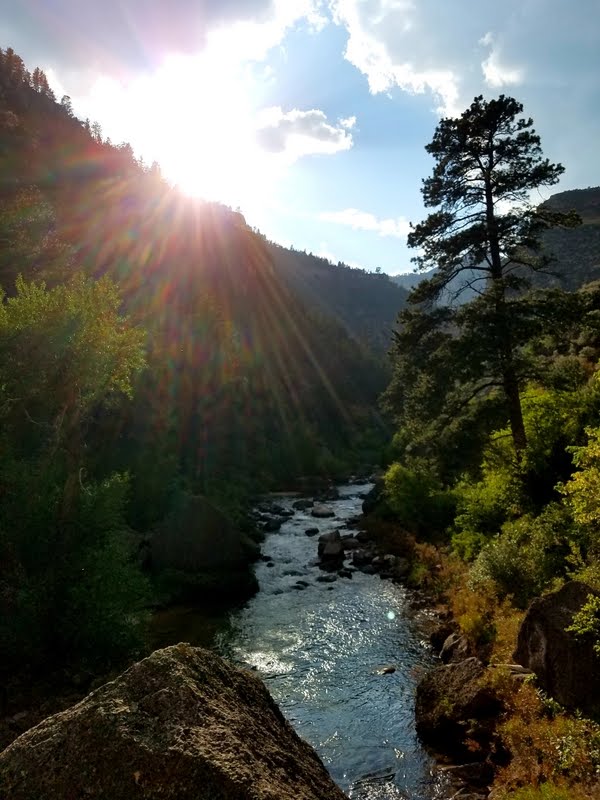But Why Dandelion? {Taraxacum officinale}
Besides being widespread and easy to identify, Dandelions are easy to grow and semi easy to harvest. A win win for the beginner and the expert. All parts of the plant can be used, the root for things like - stimulating bile production and as a liver tonic, the leaf for things like - water retention and kidney problems. The flowers can be saute`d for dinner additions or in our case... used in a balm for sore muscles, chapped skin and stiff joints.
And Plantain? {Plantago major}
Again, plantain is wide spread, easy to identify and comes with multiple uses as well. Dandelion and Plantain are great herbs for children to learn basic salve making skills with as well as botanical identification. Plantain is my - most used - go to - for skin issues, because of it's ability to effectively nurture the skin as a whole. From fighting infection to drawing out skin toxins and soothing scrapes, bites and stings. Plantain is priceless. Together - they are gift to be reckoned with.
"Plantain also has styptic and hemostatic properties, meaning that it can help check bleeding." - Rosemary Gladstar, Medicinal Herbs - A Beginner's Guide, page 189
How To Harvest Dandelions & Prepare Them for Salve Making:
I simply walk around my foraging area and snap the flower heads off and put them in a bowl or basket. When I get back home, I rinse them quickly and then spread them out on paper or cloth towel for a couple of days. This allows them to dry out just a bit, as Dandelions are very 'wet' in nature and I don't want my salve to turn rancid because of the excess moisture.
Once the Dandelions are semi dry - they are ready to be used. I prefer the solar infusion method, but in a pinch I will use the oven or crock pot to create the heat I need. I fill a quart sized jar half to two thirds full of the herbs I am using. For this balm {or salve} I am using Dandelions and Plantain. The Plantain has already been completely dried.
Then cover the dried herbs with your oil of choice, such as; olive oil or almond... sunflower oil even. Next set the jar in a sunny location and allow the infusion to happen - please see the links below for more method details. After the desired time has passed to allow for the botanical benefits to transfer from the herbs to the oil, drain and remove the spent herbs. Reserving the medicinal oil for your balm or salve creation.
Basic Recipe Ratio's for Balm/Salve Making: Mix together the desired 'parts' of the medicinal oil to beeswax. Make sure both items are warm, this will help with the blending and thus create a smoother consistency. While in the warm, melted stage, pour the balm into the containers of your choice. Let your balm cool and set, then label and date with the ingredients. I also like to add what the salve, or balm is used for too, especially if I am gifting it.
1 Part Beeswax to 3 Parts Medicinal Oil = firm salve
1 Part Beeswax to 4 Parts Medicinal Oil = soft balm/salve
I am looking forward to using this balm on my - very dry - garden hands and reaping the benefits of Dandelion and Plantain. Go ahead, and give it a try! However, if you are not up for making it yourself or have a desire to support small businesses, please keep us in mind.
Recommended Resources:
- The Efficacy of Dandelion Root - Study Article
- DIY Dandelion Balm for Sore Muscles - Joybilee Farm
- How to Make Dandelion Infused Oil - Homestead Garden
- How to Make a Medicinal Oil - Strangers and Pilgrims on Earth
- How to Make a Healing Salve - The Herbal Academy













No comments
Thank you for taking the time to comment, please be nice and respect my little 'stead.